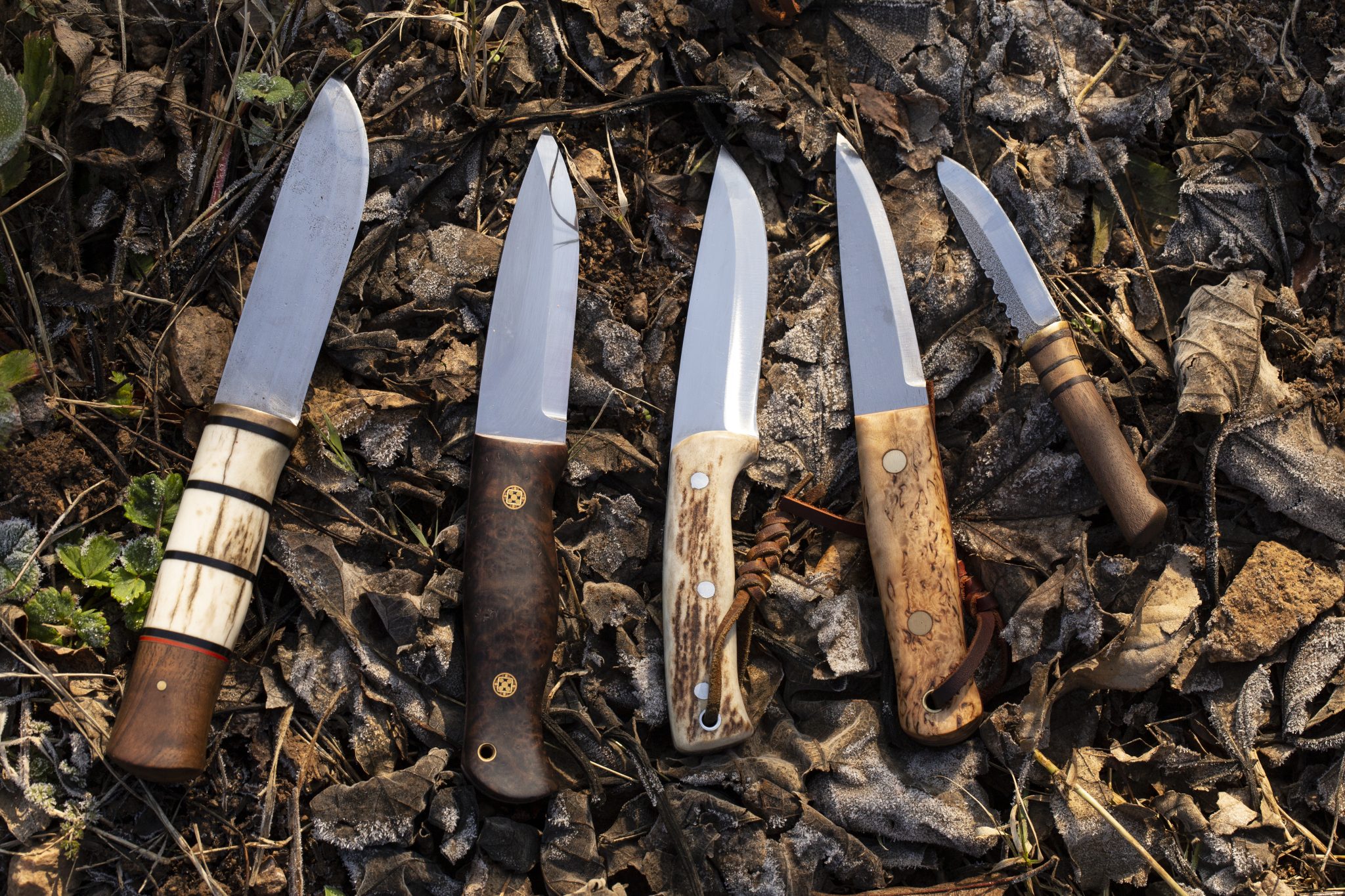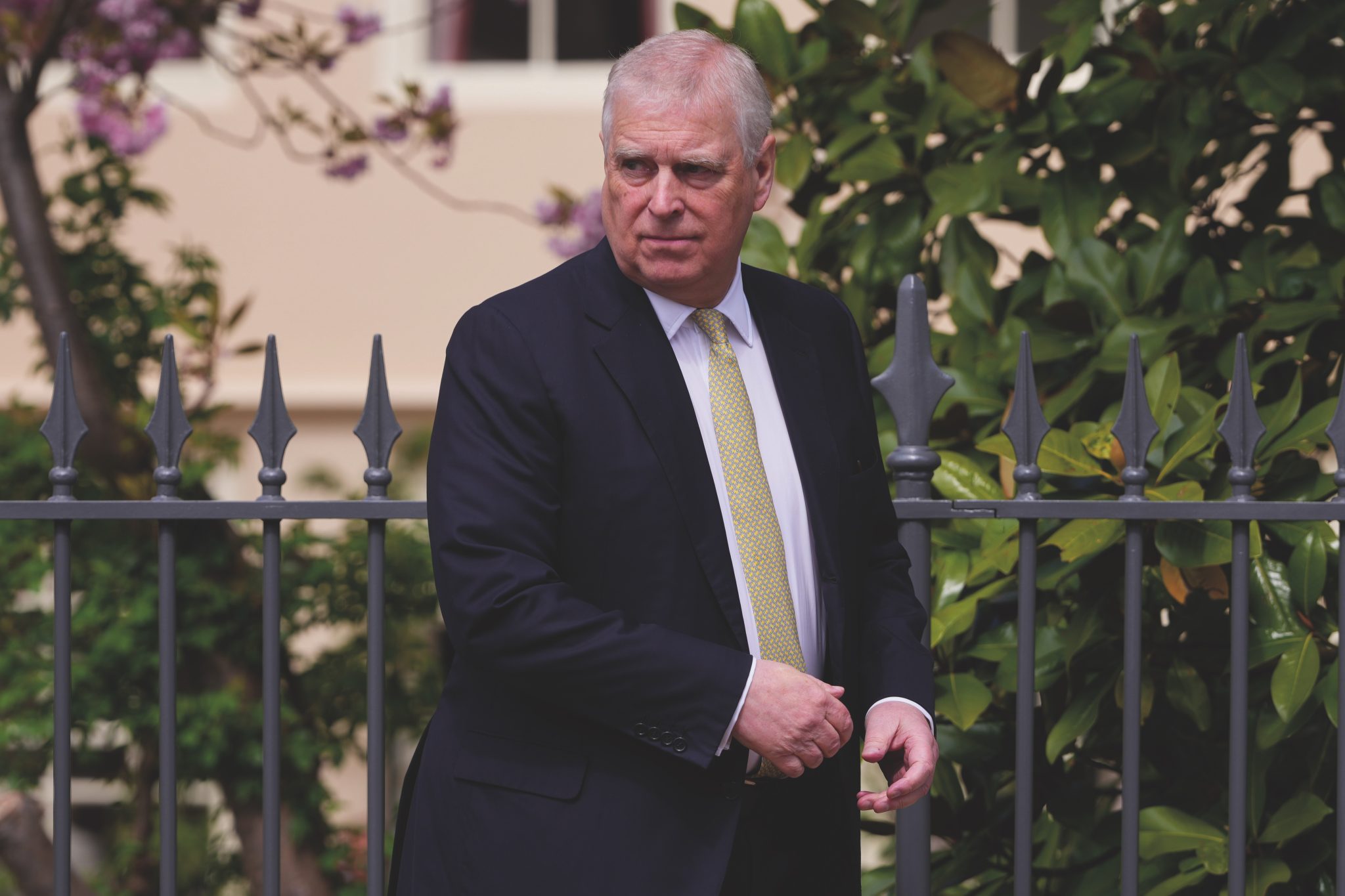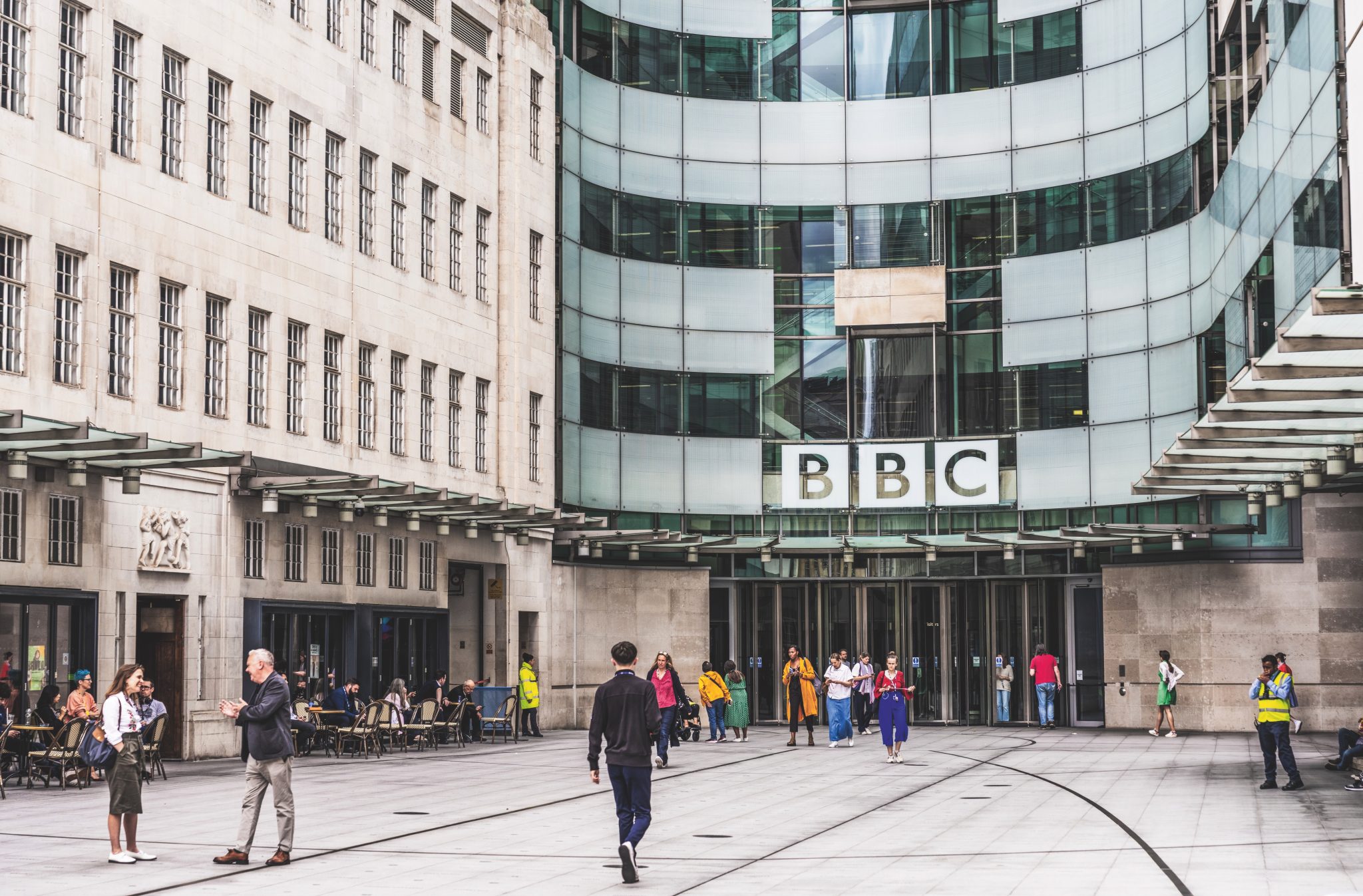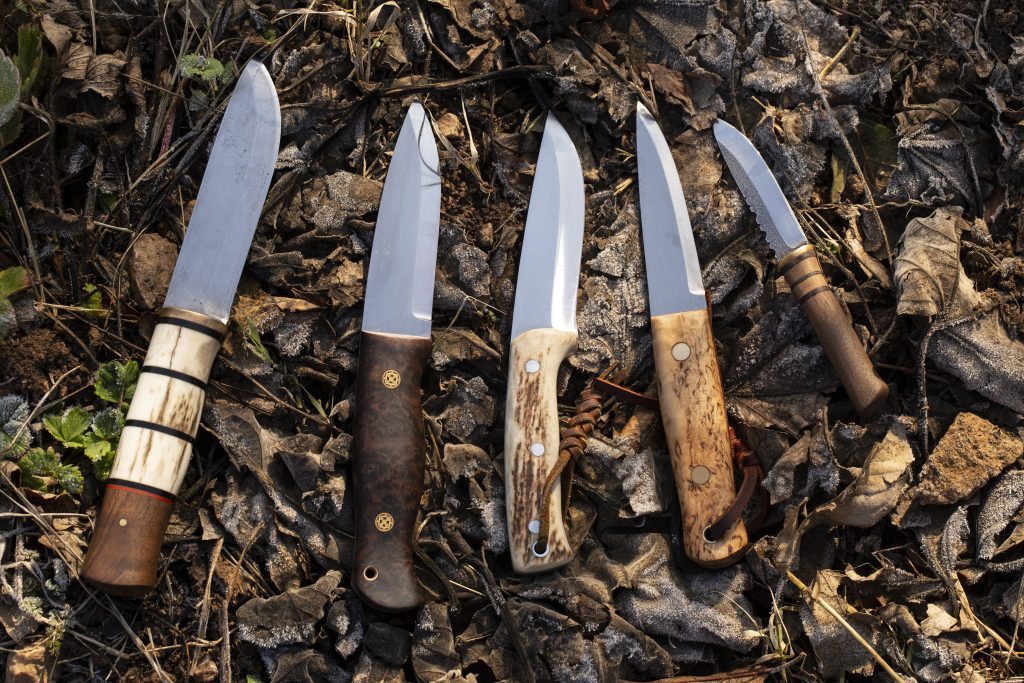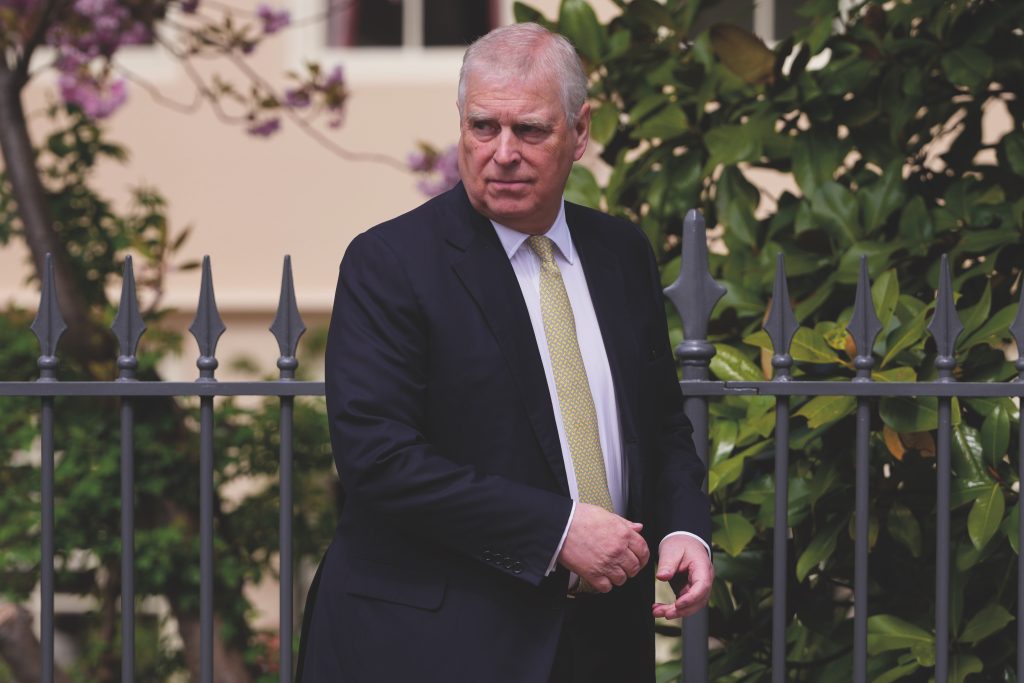Win CENS ProFlex DX5 earplugs worth £1,149 – enter here
How have other countries coped with the lead shot ban?
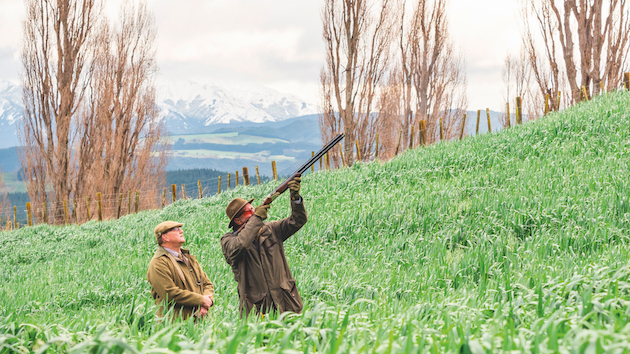 Pheasant shooting New Zealand
Pheasant shooting New Zealand
For advocates of lead ammunition, the arguments have become academic. The leaders of our major shooting and countryside organisations have signed a statement in support of the removal of lead — and single-use plastic — from all ammunition used for hunting game, within five years.
Critics will not see this as final. However, my nose for historical momentum tells me that their voices will go unheeded and they will become increasingly less relevant, essentially disenfranchising themselves politically from the process of dealing with a new reality.
It is important to be clear on what has, and what has not, happened. Lead has not been banned and our organisations have not come out in support of a legal ban on lead shot.
They have expressed a desire for a five-year period in which lead will remain freely available, and used by those who wish to use it, but during which the shooting industry and related trades work hard to encourage its phasing out, the development of alternatives and the promotion of their widespread adoption.
Hopefully, this will knee-cap those currently driving the legislative agenda and persuade the Government to take a pause and see how self-regulation changes the situation, reducing the motivation to find parliamentary time to create a legal ban on lead ammunition.
The majority of people on commercial shoots use a gun that can already take standard steel shot. They will have to start using it.
A lead shot ban is not unique to the UK. Legislation began in many countries after the acceptance of the African-Eurasian Migratory Waterbird Agreement in 1999. It was prompted by scientific studies, going back to the 1880s, that showed bottom-feeding waterfowl were being poisoned by ingesting lead shot.
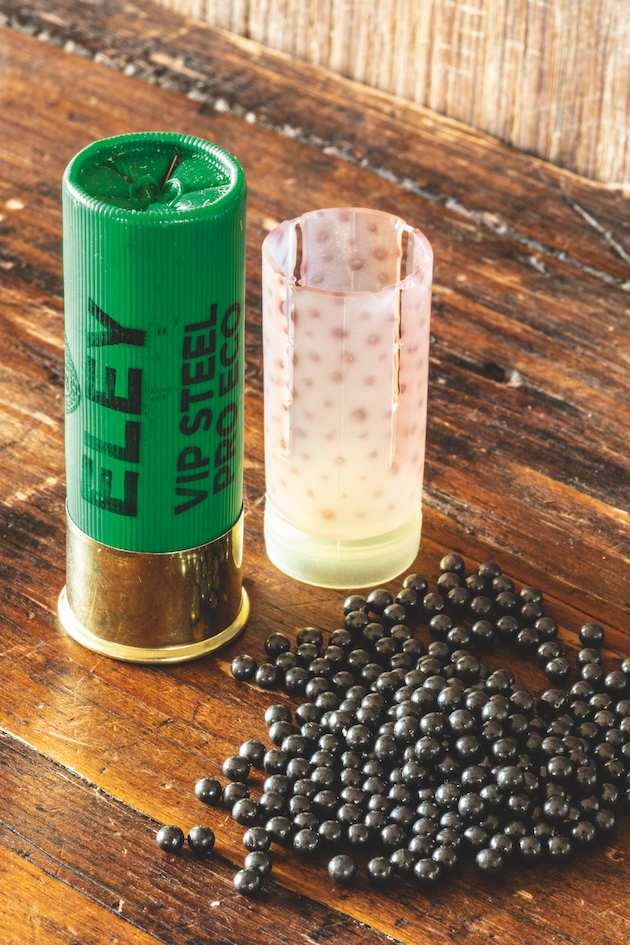
Eley is one of the ammunition manufacturers to produce non-toxic alternatives
Lead — the numbers
- 19,000 tonnes of lead shot are discharged on to European soil every year (ECHA).
- One million water birds die each year from lead poisoning (ECHA).
- One lead shot ingested will kill a small water bird (ECHA).
- Three times a year is the maximum number the EU recommends people eat a meal of meat killed with lead (Food Standards Agency).
- Going up two sizes larger is the recommendation when choosing steel shot to replace lead (Gun Trade Association).
- Nine shooting groups signed the declaration supporting a total withdrawal of lead shot.
- Three European countries have a total ban on lead for hunting: Denmark, Sweden and Germany (FACE).
A look at the history and consequences of lead bans in other countries may show us how the future here could look.
New Zealand
New Zealand introduced a lead shot ban for wildfowl almost 20 years ago. The ban only applied to 12-bore shotguns; smaller bores remained exempt. This prompted a surge in sales of cheap semi-automatic 12-bores that could shoot steel. It also started a trend for wildfowling with heavy 16- and 20-bore guns, retaining use of lead shot, which shooters found kills better at longer ranges. This practice prompted a move to close the loophole in 2020.
Sticking with steel
One hunter said: “For the average hunter the conversion will be a piece of cake. Steel is relatively cheap and modern cartridge design makes it effective once you get your head around the quirks of tighter patterns, speed and so on. On my property we are averaging 96% recovery of shot game.
“Overall, while I resisted the change to non-toxic shot and believed much of the negative hyperbole surrounding the shift, the effect on me was minimal,” he admitted. “I do not think I would shift back again now — to the point that, though we are still allowed to use lead for upland hunting, I prefer to stick with one load for all and use steel anyway.”
A shooting industry professional from New Zealand reported that the number of hunting licences dropped following the ban, as people gave up shooting rather than replace their old guns.
Retailers experienced a boost in sales of mostly semi-autos. But the ban hasn’t helped duck numbers and ducks still die of lead poisoning, much of which is down to consumption of grit and vegetation, contaminated by vehicle exhaust remaining from many years ago.
After years of experimentation, he says “at the ranges steel kills I have found trap loads through full choke to be most effective in ensuring clean kills; unfortunately, the quarry is usually shredded and like mince meat — a case of overshooting.”
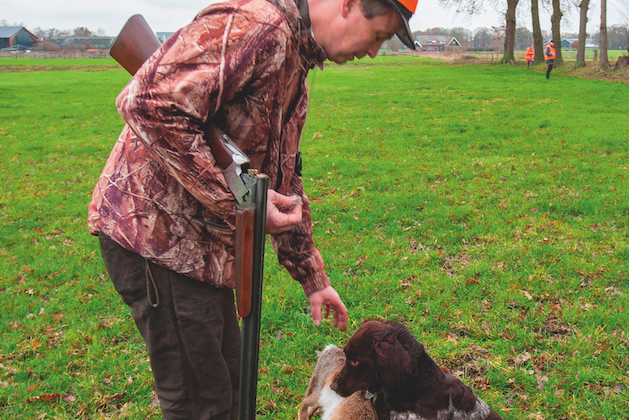
Shooting in the Netherlands
Belgium (Flemish region) and the Netherlands
Lead shot is banned for all hunting and sport shooting. Shooters in Belgium and Holland predominantly use steel as a substitute. One Belgian shooter told me they restrict shots to 25 yards in general, to ensure clean kills with steel, which most people use due to cost. He has used steel in his Purdey and his Dickson round-action, both choked less than half.
Many shooters bought new steel-proofed guns when the legislation was enacted but have since found that lighter steel loads, such as Gamebore 21g Super Steel, work in their older models.
Initially, there was a limited choice of ammunition and shooters, worried about the killing power of steel shot, began using heavy loads and suffering from excessive recoil, as well as ruining the game meat. As there is no high bird tradition in these countries, range was less of an issue for the average hunter than it is in the UK.
The limited ammunition choice also affected the use of smaller-bore guns, for which little was available. Most shooters bought 12-bores.
A very experienced Belgian shooter said: “Steel excessively damages meat, producing a lot more bloodied tissue and making it less palatable.” This, he feels, undermines the argument that steel-shot game will be more attractive to consumers.
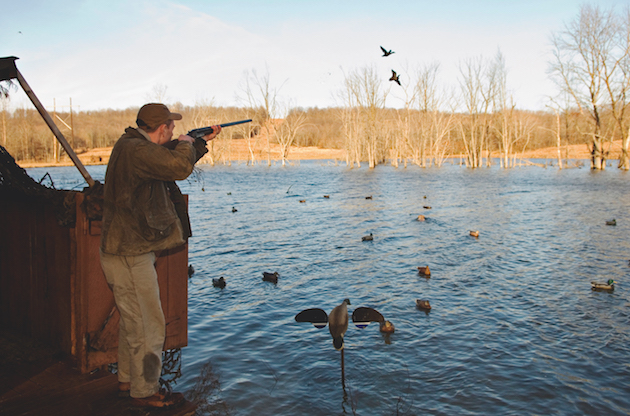
Duck shooting in Kentucky; the US bans lead shot for wildfowl but has more alternatives
The US
Lead is banned for wildfowl shooting, and in some states it is banned for upland hunting. Bans began in 1991 for wildfowling. The US authorities list more alternatives than we commonly see in the UK. These include iron-tungsten, iron-tungsten-nickel, corrosion-inhibited copper, tungsten-bronze and tungsten-tin-bismuth. Hunters report good results with steel on smaller quarry, like doves, and when using older guns, bismuth and tungsten matrix are preferred.
One manufacturer has begun producing copper-coated bismuth, which testers report as “better than lead”. One shooter very much involved in research said steel is the most popular choice due to low cost but that the price of tungsten, bismuth and HEVI-Shot are rapidly dropping as demand increases.
The market for interchangeable and adjustable choke tubes became stronger. Lots of older guns had their chokes opened or had interchangeable or adjustable chokes added. Semi-autos are the preferred gun of choice for waterfowl in the US but, with the evolution of steel alternatives, the older pump-actions and side-by-sides are again in use.
Germany
Lead shot is banned for use in shotguns. Most hunters and clay shooters use steel. Field observations suggest ranges are effective up to 35 yards, but there is an increase in wounded birds not dropping to the shot but falling a long distance away. The presence of a trained hunting dog, when shooting, is a legal requirement in Germany.
Denmark
Use of lead shot for all purposes was banned in 1996 and it may not be traded or possessed. Since the ban, hunter numbers have increased to 177,000. Studies have shown the ban to be effective, with lead shot being found embedded in only 1.8% of pheasants tested and 3.1% of ducks. Ducks examined for lead pellet ingestion showed no ingestion of lead at all. Steel is the most used alternative. Hunters are used to steel and degradable wads. One remarked: “We know our steel loads now and our ratio of pricked birds and ground game gets smaller every year.”
Norway
Lead shot was banned by 2005. The ban was lifted in 2015 for general hunting but it is still applied to wetlands and shooting ranges. Norwegian hunters never accepted that the balance of evidence was in favour of lead alternatives and argued, successfully, that lead was more humane and had fewer shortcomings than the non-toxic ammunition which replaced it.
In conclusion, steel loads are the most common replacement for lead but that has forced people to buy new guns and change the way they shoot to compensate for steel’s lack of down-range impact.
Owners of older guns either change them or pay the price for more expensive bismuth or tungsten-based shot. The removal of lead — the most cost-effective and ballistically efficient — has resulted in a percentage of shooters giving up the sport.
The European Chemicals Agency (ECHA) and a lead shot ban
- The ECHA proposes to restrict the use of lead shot in “terrains other than wetlands” by 2022. The “call for evidence” phase expired in December 2019. “Dossier submission” is expected in October 2020.
- In 2018 the ECHA published an investigation report recommending that further measures to regulate the use of lead shot should be taken.
- It seems likely that the current agenda will lead to the EU issuing a blanket ban on the use of lead for hunting in 2020, and that will impact on food safety standards and on the importation and sale restrictions applied to game shot with lead.
Related Articles
Get the latest news delivered direct to your door
Subscribe to Shooting Times & Country
Discover the ultimate companion for field sports enthusiasts with Shooting Times & Country Magazine, the UK’s leading weekly publication that has been at the forefront of shooting culture since 1882. Subscribers gain access to expert tips, comprehensive gear reviews, seasonal advice and a vibrant community of like-minded shooters.
Save on shop price when you subscribe with weekly issues featuring in-depth articles on gundog training, exclusive member offers and access to the digital back issue library. A Shooting Times & Country subscription is more than a magazine, don’t just read about the countryside; immerse yourself in its most authoritative and engaging publication.



